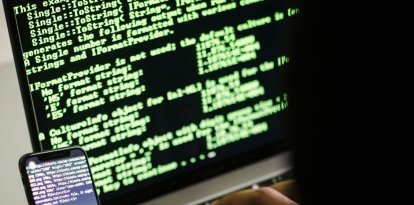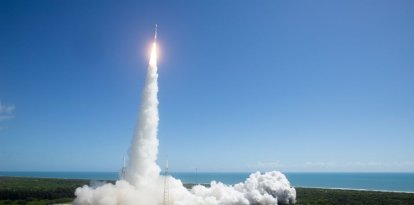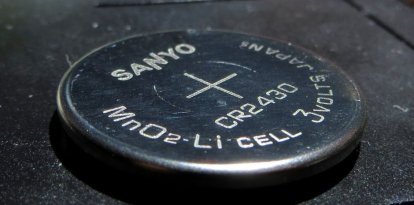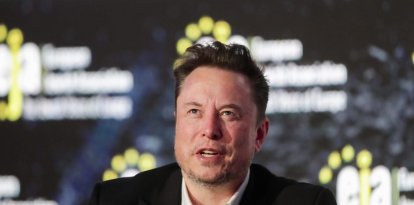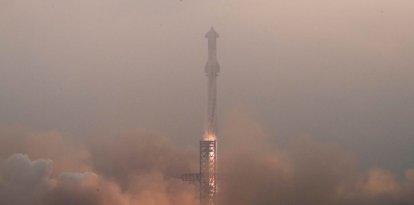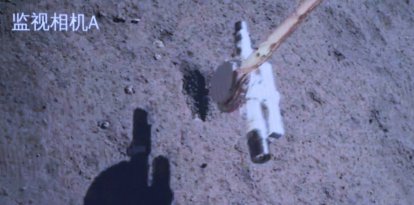SpaceX cancels Starship spacecraft launch
Elon Musk's company postponed the pilot test of the vehicle that will take NASA astronauts to the moon starting in 2025.
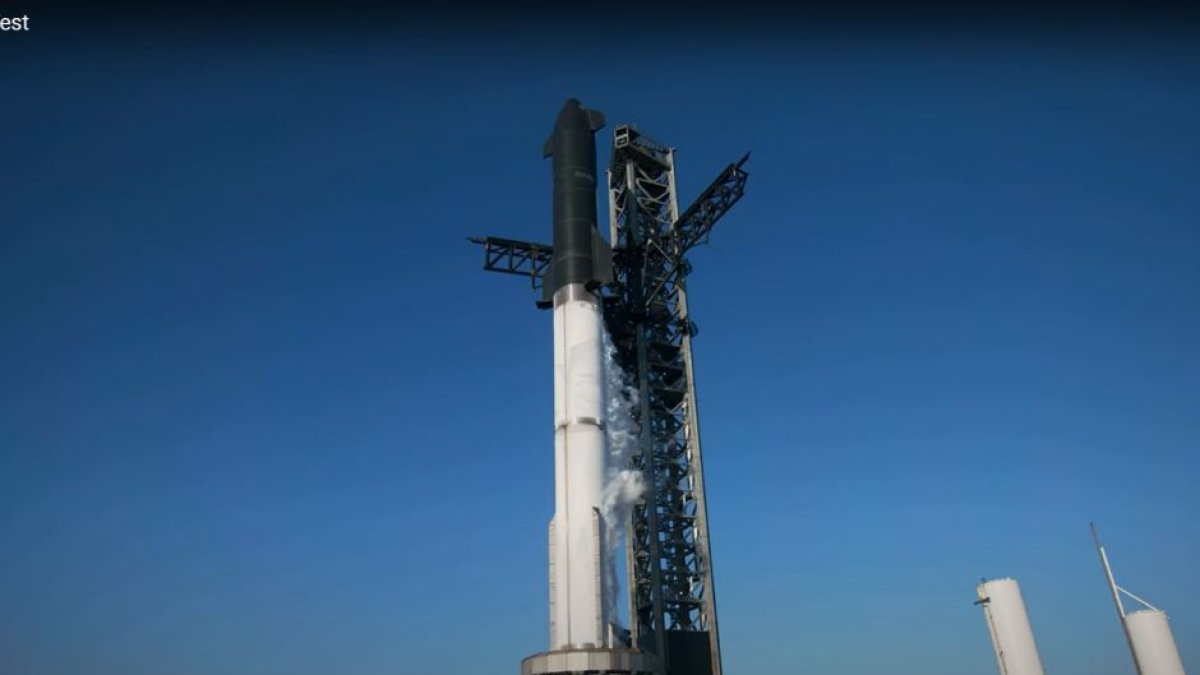
(NASASpaceflight / Twitter)
There were 40 seconds left when the countdown froze. The 349-foot stainless steel Starship spacecraft remained grounded. It was about to begin a pilot test around Earth's orbit, taking off from Texas and splashing down in Hawaii in less than two hours. "We wanted to see fire." Company spokesmen were candid after stating that the failed launch had been a good opportunity to test the rocket's systems.
SpaceX's planned route would have taken the spacecraft through Earth's orbit lifting off in Texas and landing in Hawaii in an hour and a half. It would have ended up splashing down into the sea in two stages: the propellant was set to land in the Gulf of Mexico and then the ship was going to land in the Pacific. Both are reusable, although the company, for the time being, said that it will not reuse them.
Although this flight would have been unmanned, Starship can carry up to 100 people, plus cargo. The SpaceX team says it can also be used to ferry satellites, develop a base on the moon, and even transport passengers from one point of the planet to another.
This liftoff attempt is part of a test schedule that should end with the company landing on the moon as early as 2025, or at least, that is what SpaceX agreed to in the contract it signed with NASA to transport their crew. Before that, Starship will offer private flights around the Earth and the moon.
Neither Musk nor his company has announced when the next liftoff attempt will be.
From Texas to space
The launch attempt was in Cameron District, Texas, one of the company's four spaceports in the United States called Starbase. It is the only one specially prepared to launch Starship.
Since 2020, SpaceX has performed several takeoffs from this complex that have demonstrated, Musk's people claim, an "unprecedented approach" to landing spacecraft.













